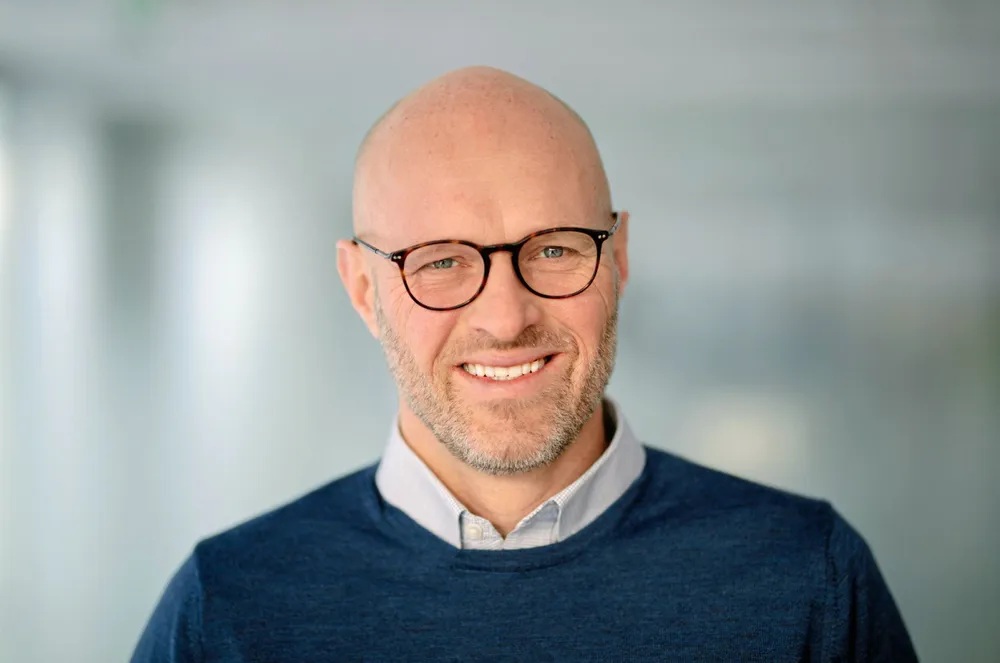Equinor says Orsted stake is better value way to own offshore wind than building projects
Norwegian group has shifted away from greenfield development and says 10% share of Danish developer represents good value

Close familiarity with the “reality” of the offshore wind industry and its current challenges led Norwegian oil major Equinor to conclude that acquiring a 10% stake in Orsted offered more value to shareholders than investing in greenfield projects, analysts heard today.
Equinor has told investors that it has the "ambition" of installing a net 12-16GW of renewable capacity by 2030, up from 0.9GW in 2023, but the headwinds that have impacted offshore wind, including the company’s own projects in the US and Europe, have lowered expectations.
In a conference call following presentation of Equinor’s quarterly results today (Thursday), CFO Torgrim Reitan fielded a string of questions about the thinking behind the decision.
“We are very much into the reality of this industry and see this transaction as the way to get access to offshore wind projects at a much more reasonable price than actually building things from scratch,” Reitan said.
Challenged about whether a strategic shift in plans for renewable energy might have been better pursued by simply abstaining from new investments, Reitan said Equinor is still attracted to the long-term potential of offshore wind, and viewed Orsted as something of a bargain in current market conditions.
“We are very much driven by the view that the investments and strategy that we pursue needs to create value for shareholders… typically we do this by developing, building and putting assets into production… but from time to time the best opportunities differ," Reitan said.
"Currently it is very expensive to acquire seabed leases,” he added, citing supply chain bottlenecks and inflation among the headwinds.
“What we saw now was a different and more attractive way of building and delivering on our strategy for the coming years, and the 10% stake in Orsted was exactly this," Reitan said.
"We have time to wait for a better investment climate to emerge for some of the other offshore wind opportunities, and this will come. What we are doing now is seeking ways to reduce cost levels and position ourselves as a long-term player."
“The challenges that Orsted have been through have been reflected in its share price. We have a long-term perspective and we like to pursue a good investment opportunity when we see it. Here we saw something that will bring value to our shareholders over time," Retan said.
"We do like Orsted and want to be a part of it. We are supportive of their strategy and their management and we see this as a good time to go into it."
Greenfield a go go
Equinor still has major greenfield offshore wind projects under development, including a the 3.6GW SSE-led Dogger Bank arrays in the UK and the 3GW Bałtyk projects in Poland
Equinor has also reaffirmed its commitment to the 810MW Empire Wind I offshore wind project in the US, after a long road that started with an early position, a farm out and subsequent split with BP.
A re-tendered offtake deal has providing a cushion of $1.55/MWh, compared to $1.18MWh previously.
"This is a year of de-risking for Empire Wind. We have a new price. We have completed permitting and we are well under way with development," Reitan said.
"We are now approaching the financial close of this project. We expect this to be a few weeks down the road, when the asset will be derisked," he said, adding that a new farm-out is also planned, in order to "significantly reduce financial risk."
Reitan said the company remains focused on delivering these projects but admitted that "beyond this, the investment in Orsted replaces investment that we could have done organically".
"I hope you can see a pattern," he told analysts. We entered [offshore wind] early at a low cost, we divested when prices were high and now we are taking an opportunity to get access to 10% of Orsted at a reasonable price."
Reitan sought to lower expectations about the 12-16GW ambition for 2030, stressing that this was never intended to be seen as a target, but as guidance on what the company "thinks it can deliver".
"Value creation trumps volume every time and we are happy to let this go, or delay, if we don't see sufficient value creation," he said.